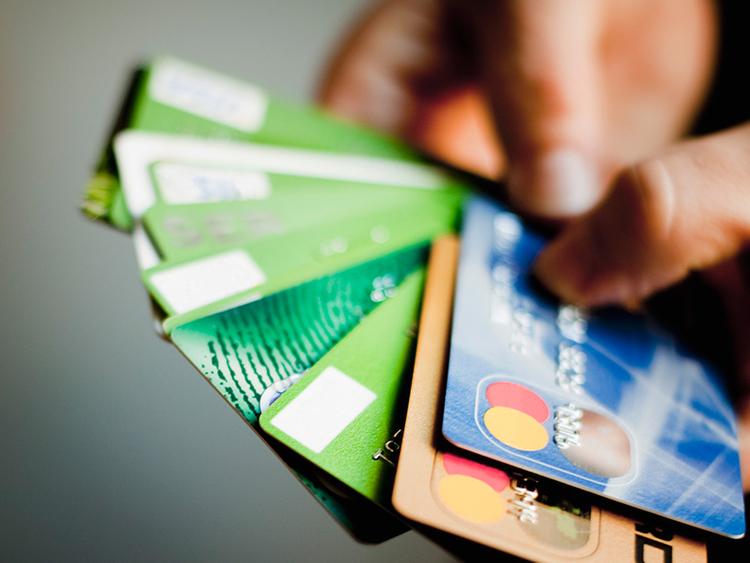Dubai: Nearly half of UAE’s online shoppers sourced their purchases from overseas vendors in the last 12 months, suggesting that domestic e-commerce operators — existing as well as new — have a stiff fight on their hands to get them buying local.
The US was the primary sourcing market globally for local online shoppers, followed by China and India, according to a new survey brought out by the electronic payments service provider PayPal.
The UAE shoppers also lead the way in buying cross-border through their mobiles, the report finds.
On average, 40 per cent of such transactions were made on either a smartphone or tablet in the last 12 months.
The dominant category (47 per cent) for overseas purchases related to travel and transport choices during the 12-month review period. But 40 per cent of the transactions related to clothing, footwear and accessories.
In terms of sourcing destinations, 16 per cent of UAE’s online shoppers made a purchase from a website in the US, spending an estimated Dh2.4 billion.
This was followed by India (accounting for 13 per cent) and China (taking in 10 per cent). (The findings only relate to purchases made by consumers and not B2B transactions.)
Availability
“The main reason why these shoppers looked to overseas online vendors was because of product choice and the prices,” said Kıvanc Onan, PayPal’s Regional Senior Director, Middle East & North Africa.
“In most cases, those products were not available locally — to a certain extent this could be due to profitability issues.
“Another reason why large numbers of local shoppers buy cross-border has to do with their personal life choices or hobbies.”
Currently, 61 per cent of shoppers seeking out US-sourced purchases rated “better prices” as their reason. For those ordering from India, the percentage was 72 and China’s was 77 per cent.
“Gaining access to items not available in their own country and to a greater variety/availability of products/styles was also found to be a popular reason (each selected by 62 percent of those shopping from US) for having made purchases in the US,” the report from PayPal added.
For UAE/Gulf online vendors, losing as much as 46 per cent to overseas competition represents a big dent in their revenue prospects. But some industry sources suggest that the numbers have been declining and that these used to be in the high 60 per cent range in the initial years.
Also, local vendors are changing their strategies to cast as wide a net as possible for potential shoppers than in the past. No longer is there exclusive focus on selling one or two product categories. For instance, the upcoming Noon.com marketplace will curate a whopping 20 million items when it launches next year. Current market leaders such as Souq.com and Wadi.com are also building up their marketplace credentials, whereby even niche brands or products can be sold through them.
According to the PayPal findings, 68 per cent of the UAE’s adult population have now bought something online, up from 63 per cent from last year. The survey polled responses from 32 markets, including two from this region - the UAE and Egypt.
Saudi Arabia, where online shopping is building up steam, could be added in a future survey, according to Onan.
“Emergence of shoppers in that market could support the push towards more intra-regional online purchases rather than these go to overseas vendors,” he added.
The likes of Noon.com and the recently announced joint venture involving Italian luxury portal operator Yoox Net-a-Porter are betting on such an outcome. That with more product categories being available online and at price points that match what those in the West can offer, they will be able to convince more regional shoppers to buy from within.
According to Ali Haji, general manager of the online division at GCP, “A vast majority of retailers have not been able to successfully enter the space in the region. While online market places have proliferated, perhaps what has not yet been tapped into is the concept of a “flea market” and related bargain discount store concepts, which attract tremendous footfall in the traditional retail space.”














